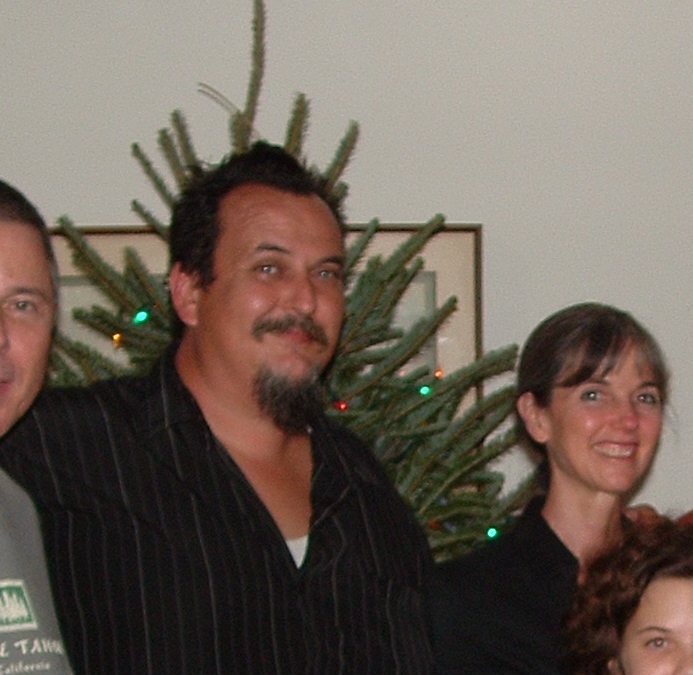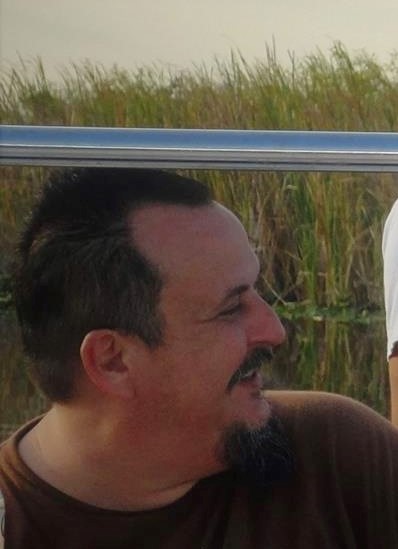TAMPA, Fla. (WFLA) – It’s highly addictive and can kill in just one dose. The dangerous drug looks like concrete, comes in a powder and seems to be making a comeback.
It’s called, “Gray death.”
Over the last several years, law enforcement has seen pockets of activity throughout the Southeast region of the United States. Stopping the influx, however, is a difficult, if not impossible task.
Halting the distribution is the ultimate game of whack-a-mole, where the substance disappears for a bit, then surfaces somewhere else.
The Drug Enforcement Agency has warned Gulf Coast states in recent years about this potent mixture. Agents describe the dug’s appearance as similar to a crack cocaine rock with the texture of concrete.
It is partially made of heroin, but considered to be much stronger. That’s because it also includes Fentanyl.
The combination of the two has proven to be deadly. Gray Death has killed people in Georgia, and the DEA remains on alert, along with local law enforcement agencies throughout Florida.
How do you control it? And, more importantly, how do you stop it?
Moms like Ellen Snelling have dedicated their lives to doing just that.
She’s dealt with addiction up close and personal. In fact, she knows firsthand just how painful it is to lose someone to this dangerous and deadly drug combination that has resurfaced, yet again, this time in Louisiana.
Ellen lost her younger brother, Andrew, three years ago from this very mixture and wants to warn other families out there.

“It’s horrible, he’s my brother, he’s no longer with us. It’s a terrible thing to have happen in your family,” Snelling told 8 on your Side.
The Tampa mom explained to us that Andrew struggled with addiction his entire life, but was doing well in rehab, or, so the family thought.
The 51-year-old was married and working as a baggage handler for Northwest Airlines in Miami at the time. Snelling says she’ll never forget the phone call she received that year, just three days before Christmas. Andrew’s wife called with horrific news.

He was discovered dead in their bedroom from an overdose of ‘gray death’.
“It’s terrible, it’s my younger brother. Immediately, besides the shock of it, I thought, what else could I have done. And, now he’s just a statistic, it’s horrible,” Ellen said, her eyes welling with tears. “I just wonder, was there anything else we could have done?”
Snelling works with the Hillsborough County Anti-Drug Alliance and makes it her mission to help get people struggling with addiction into rehab.
She knows gray death will not die quietly and worries about this dangerous drug, so highly sought after, and how it will continue to do exactly what it’s known for – killing those who use it.
“Now, here it is again, so even if something goes away, it doesn’t mean it’s not going to come back,” Snelling said. “And, it could be even worse and stronger.”
